The Katara Cultural Village yesterday received high-level visits from a number of state visitors amid the football joy and excitement of events.
After introducing him to a number of activities that honor Qatari and Gulf maritime heritage, Prof Dr. Khalid bin Ibrahim Al Sulaiti, General Manager of Katara Cultural Village Foundation, met with H E Augusto Santos Silva, President of the Portuguese Parliament, and gave him a commemorative shield.
Meanwhile, the Oud musical instrument exhibition at the Katara Oud Centre continued its wonderful artistic activities in the presence of a large number of Oud lovers conducting three sessions where each lasts about half an hour.
Earlier this week, the Oud instrument exhibition had hosted Yemeni musician Aref Jamman with his son Salah, and presented a group of Gulf tunes by great artists such as: Muhammad Abdo, Abdul Majeed Abdullah, Talal Al Maddah, and Abu Bakr Salem. There was a turnout of a diverse audience from Costa Rica and Spanish-speaking Latin American countries, who followed this event and expressed their admiration for the professionalism of the Jamman player in adapting the Oud to play Arabic and international music.
Meanwhile, the Katara handicraft market is attracting a wide audience of visitors. Hayya Al Mohannadi, Head of the Art Exhibitions Department, said that the demand for Katara handicrafts market is very high due to the quality of the products and their affordable prices, noting that the demand is focused on dolls made of cloth, crochet clothes, face painting, and in particular the flags of the countries playing at FIFA World Cup Qatar 2022.
There is also a great demand for women’s handmade accessories, in addition to caricature drawings of faces. The market event also includes training workshops for those wishing to learn some handicrafts.
The Katara Cultural Village continues to host a number of events and exhibitions that interest visitors. One such event is an Arabic calligraphy exhibition that takes place in the square directly across from Building 6 and features six pavilions with artwork on paper, glass, copper, and engraving. The names are written in colored sand, and the artwork was created by calligraphers and artists from Syria, Iraq, Jordan, Sudan, and Egypt.
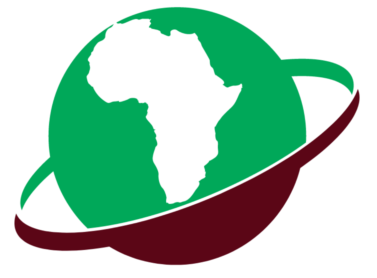

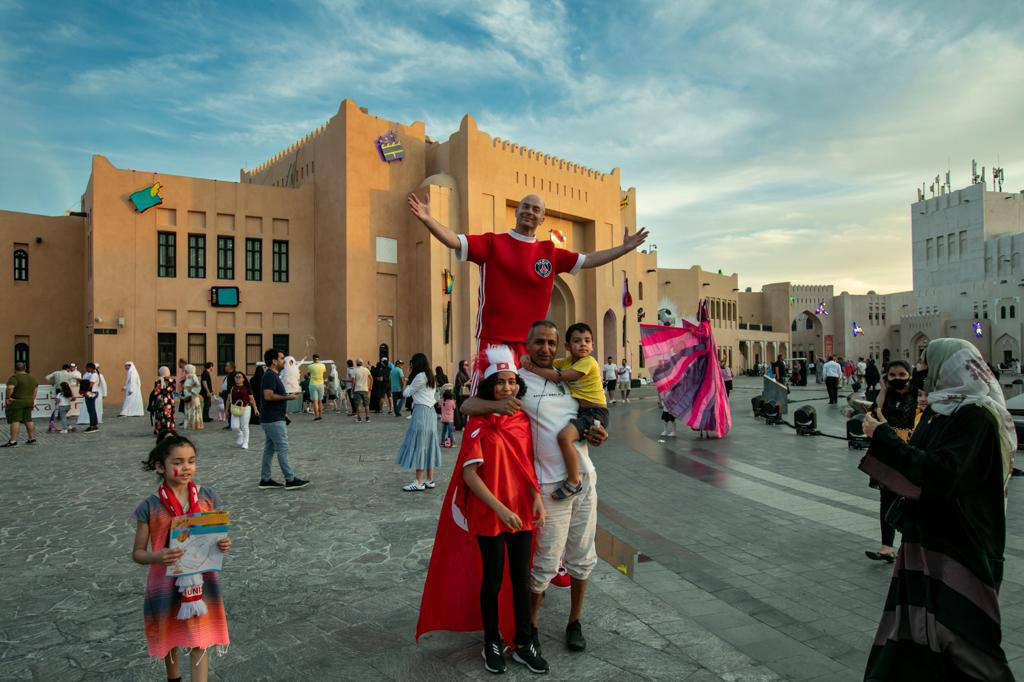

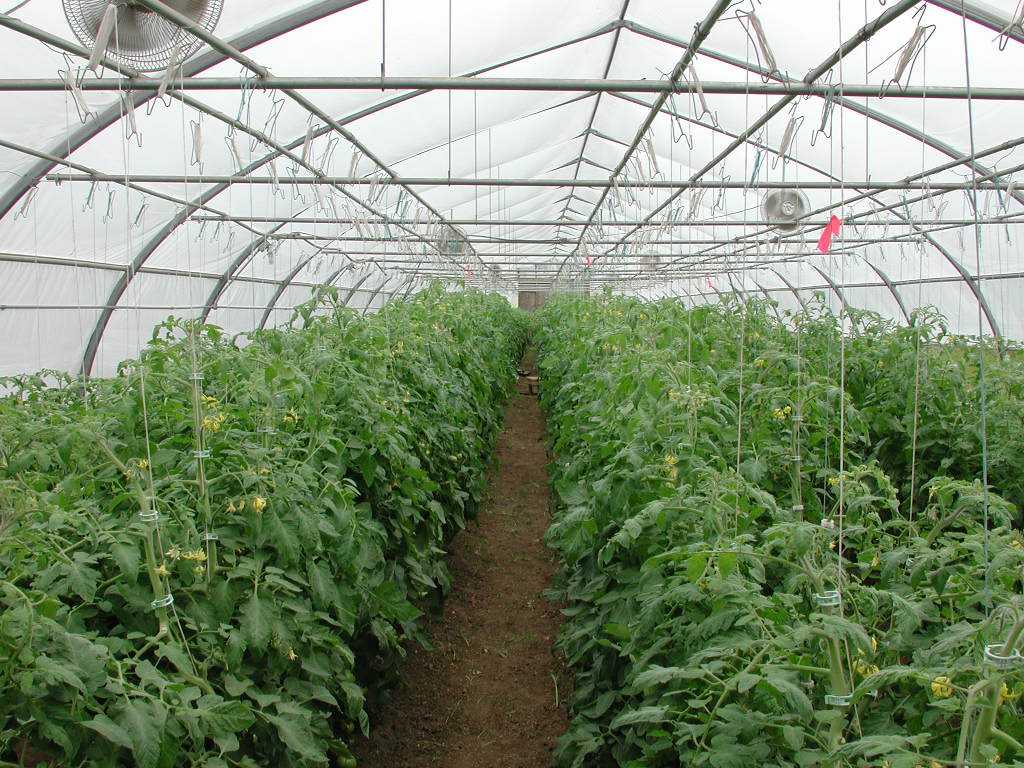
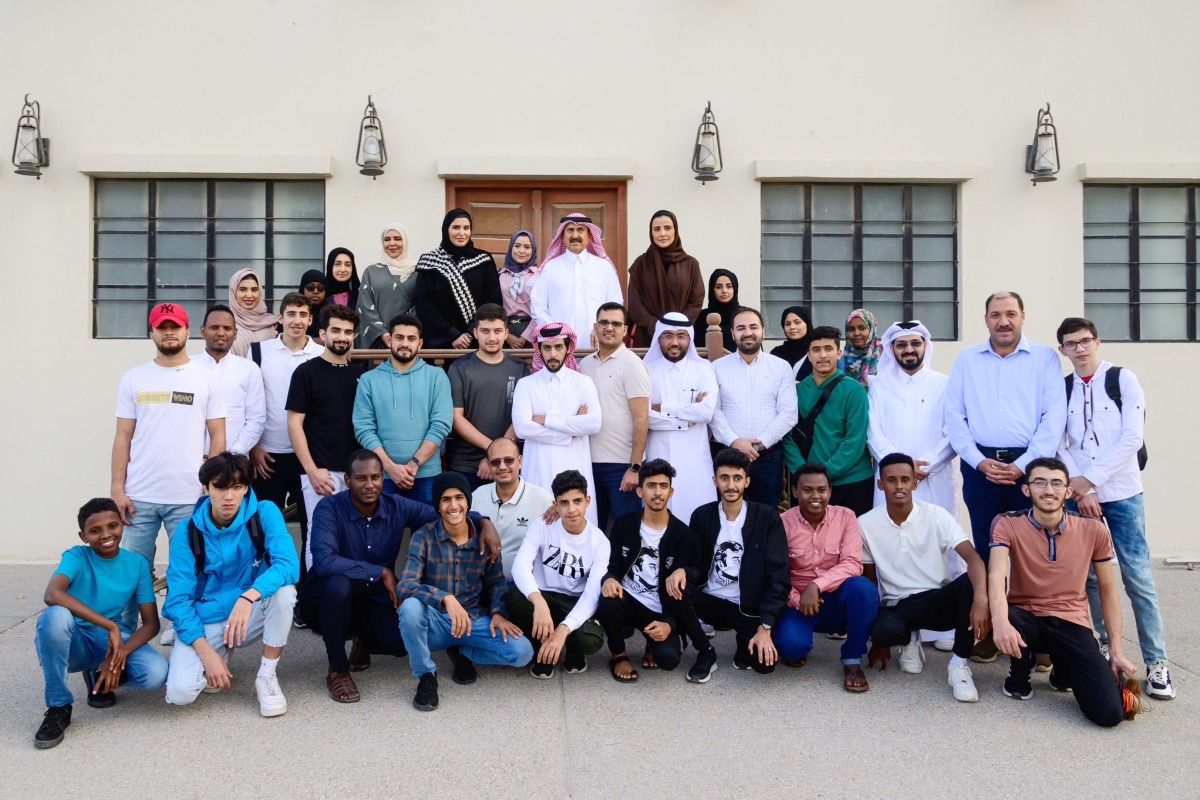

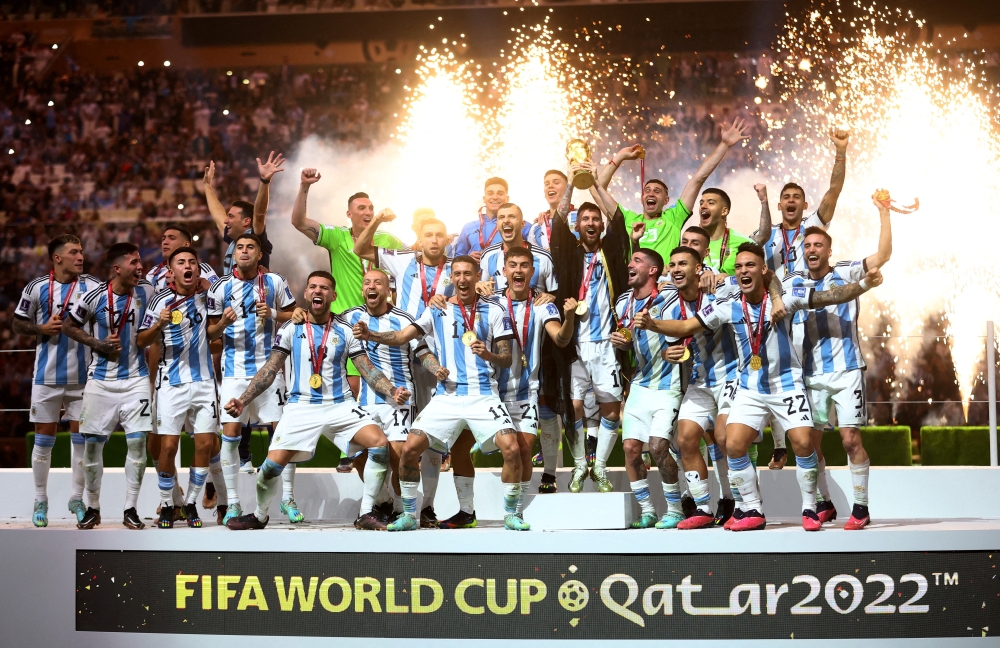
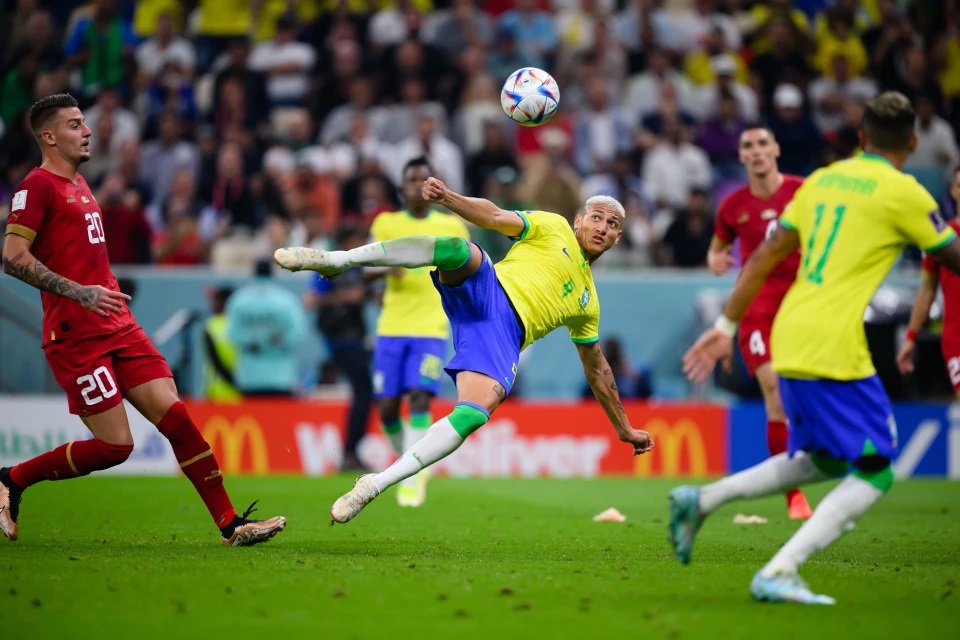



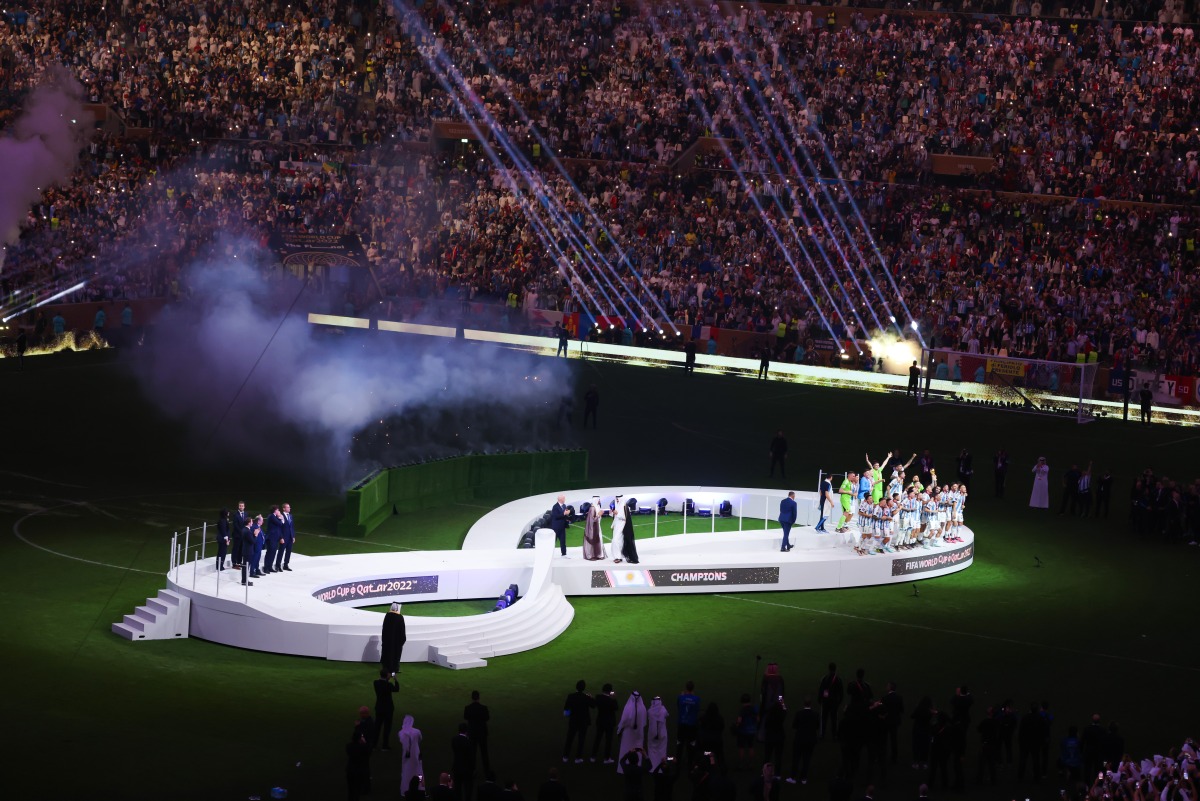

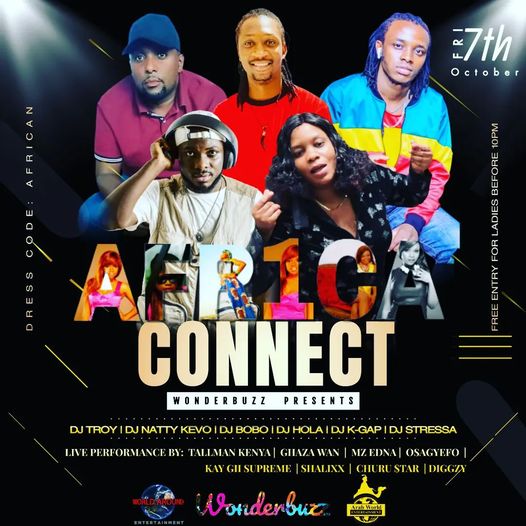
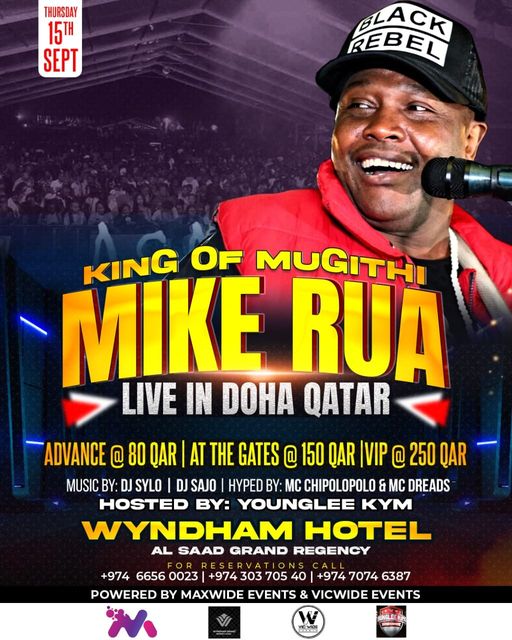
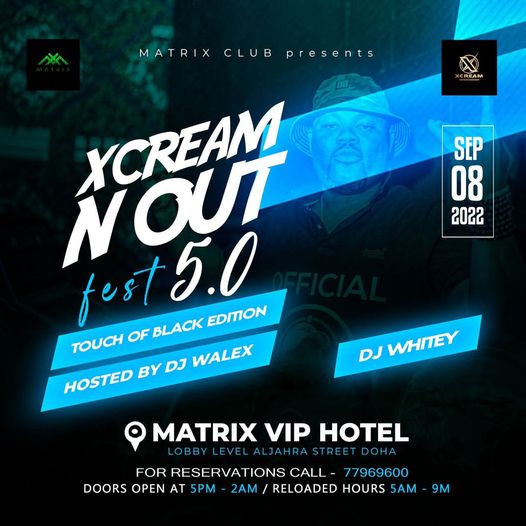
Leave a Reply